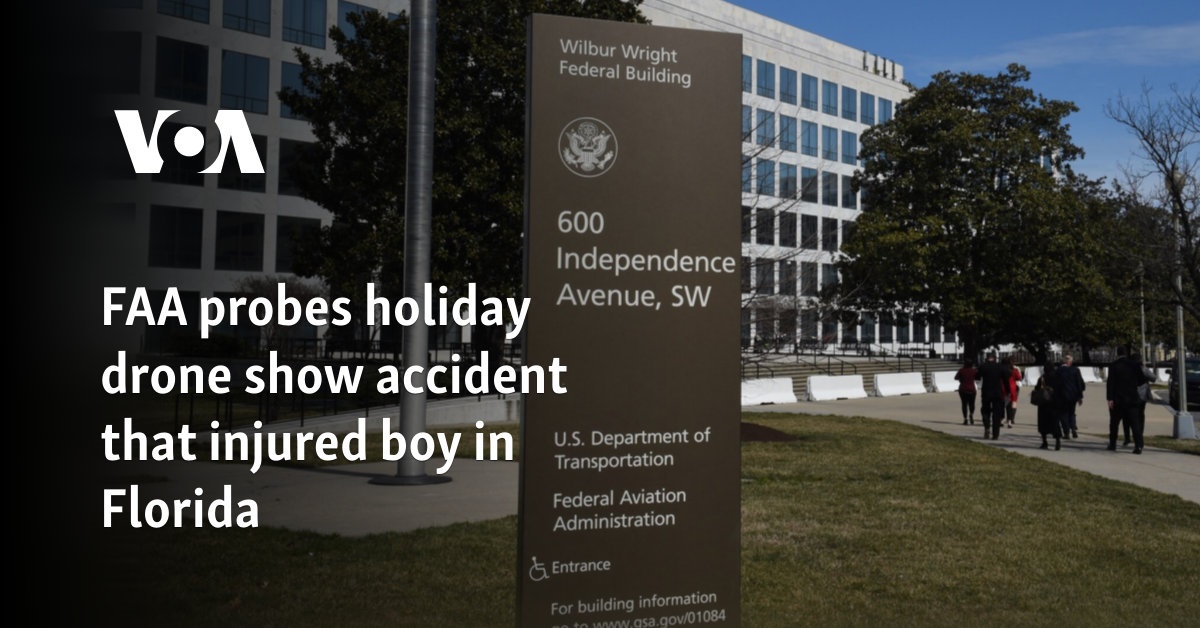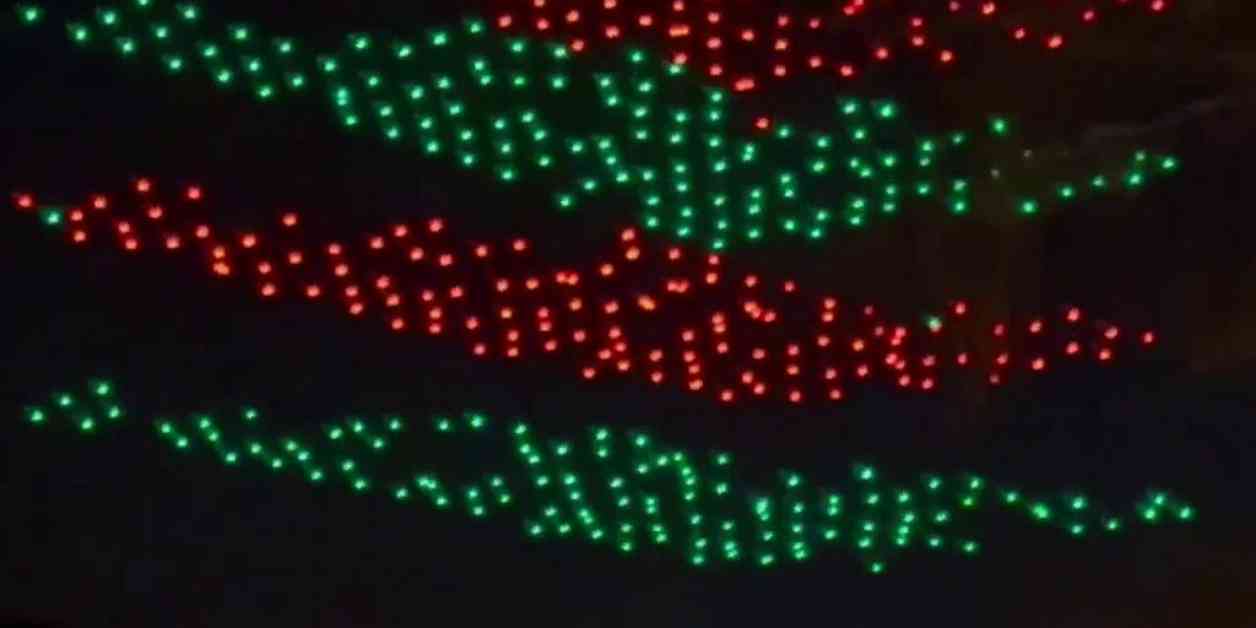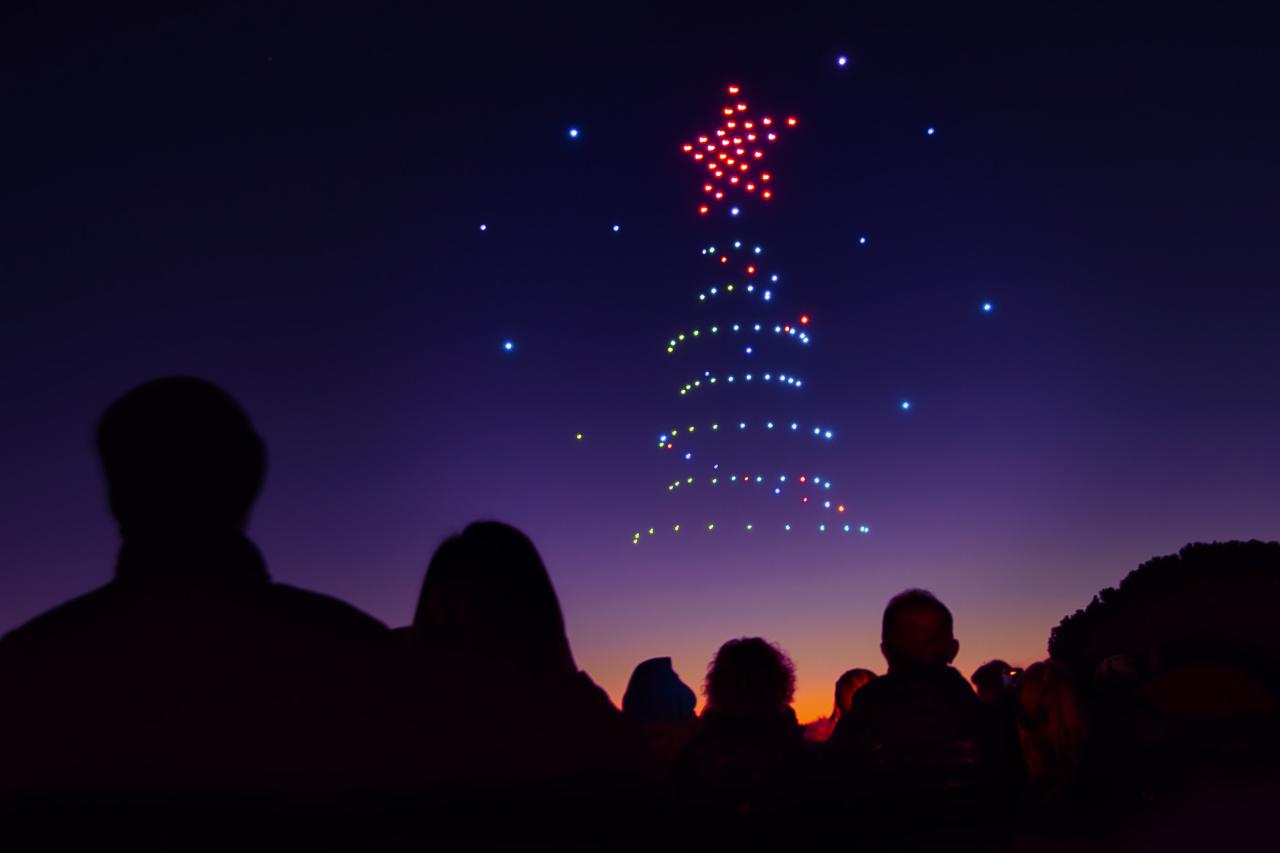Drone show accidents, while relatively infrequent, highlight critical safety concerns within the rapidly expanding world of drone technology. These spectacular displays, captivating audiences with synchronized aerial choreography, carry inherent risks stemming from technological malfunctions, human error, and environmental factors. Understanding these risks, implementing robust safety protocols, and investigating accidents thoroughly are crucial for ensuring the continued growth of this exciting industry while minimizing potential harm.
This analysis delves into the multifaceted nature of drone show accidents, examining various contributing factors, exploring existing safety regulations, and proposing mitigation strategies. We will investigate common accident types, analyze investigative methodologies, and discuss the development of effective training programs to enhance pilot proficiency and minimize future incidents. Ultimately, the goal is to foster a safer and more responsible approach to drone show operations worldwide.
Drone Show Accidents: A Comprehensive Analysis

Drone shows, while visually stunning spectacles, present inherent risks. Understanding the types of accidents, implementing robust safety measures, and conducting thorough investigations are crucial for ensuring the safe and responsible operation of these increasingly popular displays. This analysis delves into the various aspects of drone show accidents, from causes and prevention to investigation and mitigation strategies.
Types of Drone Show Accidents

Drone show accidents can be broadly categorized into malfunctions, collisions, and weather-related incidents. Human error plays a significant role in many cases. Failures can stem from mechanical, electrical, or software issues within the drones themselves.
| Type of Accident | Description | Frequency (estimated) | Contributing Factors |
|---|---|---|---|
| Malfunction | Unexpected failure of a drone’s components (e.g., motor failure, GPS loss, battery failure). | High | Mechanical failure, electrical faults, software glitches, inadequate pre-flight checks. |
| Collision | Impact between two or more drones, or a drone and an obstacle (e.g., building, tree, person). | Moderate | Pilot error, inadequate spacing, loss of control, wind gusts, malfunctioning obstacle avoidance systems. |
| Weather-Related Incident | Accidents caused by adverse weather conditions (e.g., strong winds, rain, fog). | Moderate | Poor weather forecasting, failure to abort the show in inclement conditions, inadequate wind tolerance of drones. |
| Software Failure | Unexpected behavior or crashes due to bugs or errors in the drone’s flight control software. | Moderate | Software bugs, lack of software updates, inadequate testing, incompatibility between software and hardware. |
| Human Error | Accidents caused by pilot mistakes, poor communication, or inadequate training. | High | Inadequate training, lack of experience, poor communication among pilots, fatigue, distractions. |
Safety Regulations and Protocols

Several countries and regions have implemented safety regulations and protocols for drone shows, varying in strictness. A comprehensive pre-flight checklist is essential for minimizing risks. Risk assessment methodologies also differ, each with its strengths and limitations.
- The FAA in the United States requires drone operators to obtain a Part 107 Remote Pilot Certificate and adhere to specific regulations regarding airspace, flight operations, and safety.
- The European Union Aviation Safety Agency (EASA) has established regulations for drone operations, including those related to drone shows, emphasizing safety and risk mitigation.
- Many countries require permits and approvals for drone shows, especially in populated areas.
Hypothetical Pre-Flight Checklist:
- Battery voltage and health check
- Propeller inspection for damage
- GPS signal strength and accuracy
- Software version and updates
- Communication system check
- Weather conditions assessment
- Airspace clearance confirmation
- Emergency procedures review
Risk Assessment Methodologies: Common methods include Failure Mode and Effects Analysis (FMEA), Hazard and Operability Study (HAZOP), and Bow-Tie analysis. Each offers a different approach to identifying and mitigating potential hazards.
Accident Investigation and Analysis, Drone show accident
A systematic investigation is crucial after any drone show accident. This involves gathering evidence, analyzing data, and identifying contributing factors. Various stakeholders play vital roles in this process.
Steps in a Typical Investigation:
Recent drone show accidents highlight the potential risks associated with large-scale drone operations. These incidents underscore the need for robust safety protocols, especially considering the potential for misuse, as seen in events like the kazan drone attack , which showcased the destructive capabilities of even smaller drones. Therefore, improving safety measures for drone shows is crucial to prevent future mishaps and ensure responsible use of this technology.
- Initial response and securing the scene.
- Data acquisition (flight logs, video footage, witness statements).
- Analysis of the data and identification of contributing factors.
- Development of safety recommendations.
- Publication of a final report.
Stakeholder Roles: Pilots provide operational insights, organizers offer event details, and authorities ensure compliance with regulations. A flow chart would illustrate the sequential interaction between these stakeholders.
Data Acquisition and Analysis: Flight logs provide precise flight data, video footage offers visual context, and witness testimonies provide additional perspectives.
Mitigation Strategies and Best Practices

Numerous preventative measures can significantly reduce the likelihood of drone show accidents. Advanced technologies and enhanced training programs further enhance safety.
Drone show accidents, unfortunately, are not uncommon. These spectacular displays, while captivating, involve complex technology susceptible to malfunction. A recent example highlighting these risks is the orlando drone show malfunction , which serves as a stark reminder of the potential for things to go wrong, even with meticulous planning. Such incidents underscore the need for robust safety protocols in drone show operations to minimize future accidents.
- Redundancy systems (e.g., backup power systems, multiple communication channels).
- Robust emergency protocols (e.g., failsafe mechanisms, immediate show termination procedures).
- Comprehensive pilot training programs (covering risk management, emergency procedures, and best practices).
- Regular maintenance and inspection of drones.
- Use of advanced flight planning software.
Advanced Technologies: Autonomous flight systems and sophisticated collision avoidance systems can significantly improve safety.
Hypothetical Pilot Training Program:
| Training Module | Content | Duration | Assessment Method |
|---|---|---|---|
| Drone Systems and Operation | In-depth knowledge of drone mechanics, software, and flight controls. | 2 days | Practical examination and written test. |
| Risk Management | Identification, assessment, and mitigation of risks associated with drone shows. | 1 day | Case study analysis and presentation. |
| Emergency Procedures | Training on emergency response, including loss of control, malfunction, and weather-related incidents. | 1 day | Simulation exercises and practical drills. |
| Best Practices | Review of industry best practices, safety guidelines, and regulations. | 0.5 day | Written test and discussion. |
Illustrative Case Studies
A hypothetical scenario: During a large-scale drone show, a sudden gust of wind caused a group of drones to lose control. Several drones collided, resulting in a cascade effect, leading to a significant number of drones crashing. The visual impact was chaotic, with sparks, falling debris, and a rapid dispersal of drones across a wide area. The incident led to minor property damage but thankfully no injuries.
Comparison of Two Hypothetical Accidents:
| Accident 1 | Accident 2 |
|---|---|
| Software malfunction in the central control system caused multiple drones to lose synchronization and crash. | Strong winds exceeding the operational limits of the drones resulted in a loss of control and subsequent collisions. |
| Primarily software-related; minimal weather impact. | Primarily weather-related; software played a secondary role. |
| Significant financial losses due to drone damage and show cancellation. | Moderate financial losses due to drone damage; show was successfully aborted. |
Long-Term Impacts: A major accident could result in significant reputational damage for the organizers, substantial financial losses, and stricter regulations for future drone shows.
The potential for spectacular drone shows is undeniable, but the safety of both pilots and spectators must remain paramount. Through a combination of stringent safety regulations, advanced technologies, rigorous pilot training, and thorough accident investigations, the risks associated with these breathtaking displays can be significantly reduced. By learning from past incidents and proactively implementing preventative measures, we can ensure that the future of drone shows is one of both awe-inspiring spectacle and unwavering safety.
Recent drone show accidents highlight the importance of rigorous safety protocols. To understand best practices, examining successful events like the orlando drone show provides valuable insight into effective planning and execution. Ultimately, preventing future accidents requires a thorough analysis of both successes and failures in the industry.
General Inquiries
What is the most common cause of drone show accidents?
While varied, pilot error, including inadequate training or poor decision-making, frequently contributes significantly to drone show accidents.
What legal ramifications can occur after a drone show accident?
Legal repercussions depend on the severity and cause of the accident and can range from fines and license suspension to criminal charges depending on jurisdiction and the extent of damage or injury.
How are drone show accidents investigated?
Investigations typically involve reviewing flight logs, analyzing video footage, interviewing witnesses, and assessing the drones’ technical condition to determine the root cause.
What insurance coverage is typically required for drone show operations?
Comprehensive liability insurance covering potential damage, injury, or other losses is usually mandated for drone show operations, with specific requirements varying by location.
